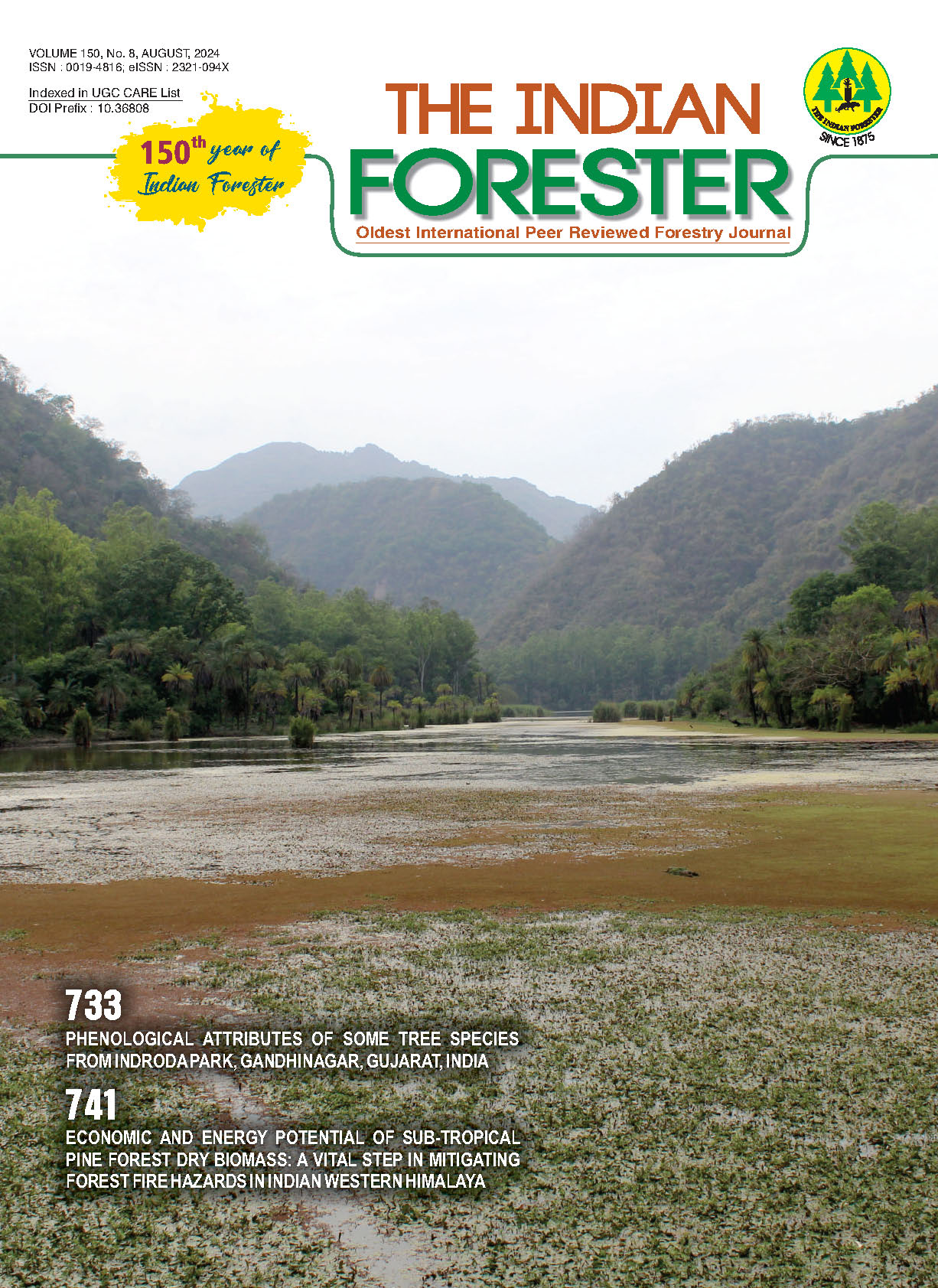Typification of Two Names in the Genus Salvia (Lamiaceae)
DOI:
https://doi.org/10.36808/if/2024/v150i8/169921Keywords:
No Keywords.Abstract
No Abstract.References
Bentham G. (1830). Of the Genera and Species of Indian Labiatae enumerated in the Catalogue of the Collections in Dr. Wallich's charge. In: Plantae Asiaticaerariores, or, Descriptions and figures of a select number of unpublished East Indian plants (N. Wallich, Eds.),London, Treuttel and Wurtz, pp. 31-68.
González-Gallegos J.G. (2014). Revision of Salviasubg. Calosphace sect. Membranaceae (Lamiaceae), Telopea, 16: 43-81. http://dx.doi.org/10.7751/ telopea20147483.
Hu G.X., Takano A., Drew B.T., Liu E.D., Soltis D.E., Soltis P.S., PengH. andXiangC.L.(2018).Phylogeny and staminal evolution of Salvia (Lamiaceae, Nepetoideae) in East Asia, Annals of Botany,122:649-668.https://doi:10.1093/aob/ mcy104.
Linnaeus C. (1753). Species Plantarum. Volume 1:Holmiae, Impensis Laurentii Salvii, 572 pp.
Mabberley D.J. (2017). Mabberley's Plant-Book: A portable dictionary of plants, their classification and uses. 4th edition: Cambridge University Press, Cambridge, 1120 pp.
Mukerjee S.K. (1940). A revision of Lamiaceae of Indian Empire,Records of the Botanical Survey of India, 14: 1-228.
Sampath Kumar V. (2014). An illustrative account of the labiates in Himalayas of Indian Region, Phytodiversity, 1(1&2): 77-90.
Sampath Kumar V., Banerjee S., Singh V., Pandey R.P., Sunojkumar P. and Lodh P. (2020). Labiatae In: Flowering Plants of India: An Annotated Checklist, Dicotyledons. (Eds. Dash, S.S. and Mao, A.A.) Botanical Survey of India, Kolkata, pp. 334-379.
Sampath Kumar V. and Murthy G.V.S. (2004). Biodiversity: Lamiaceae (s.l.) in India. In: Gleanings in Plant Sciences. New Delhi, IN: Regency Publications, pp.21-33.
Singh P., Dash S.S. and Sinha B.K. (2019). Plants of Indian Himalayan region: An annotated Checklist. Botanical Survey of India, Kolkata, 347-349 pp.
Sweet R. (1825-27). The British flower garden: containing coloured figures and descriptions of the most ornamental and curious hardy flowering plants including annuals, biennials, & perennials; with their scientific and english names; best method of cultivation and propagation; the heights they generally attain. Volume 2:W. Simpkin and R. Marshall, London, 421 pp.
Thiers B. (continuously updated). Index Herbariorum: a global directory of public Herbaria and associated staff. Available at: http://sweetgum.nybg.org/ih (Accessed on 03.02.2023).
Turland N.J., Wiersema J.H., Barrie F.R., Greuter W., Hawksworth D.L., Herendeen P.S., Knapp S., Kusber W.H., Li D.Z., Marhold K., May T.W., McNeill J., Monro A.M., Prado J., Price M.J. and Smith G.F. (2018). International Code of Nomenclature for algae, fungi, and plants (Shenzhen Code) Adopted by the Nineteenth International Botanical Congress Shenzhen, China, July 2017. Regnum Veg. 159. – Koeltz Botanical Books, Glashutten.https://doi.org/10.12705/Code.2018.
Will M. and Claßen-Bockhoff R. (2017). Time to split Salvia s.l. (Lamiaceae) – new insights from Old World Salvia phylogeny. Molecular Phylogenetics and Evolution, 114: 33-58.
Downloads
Downloads
Additional Files
Published
How to Cite
Issue
Section
License
Unless otherwise stated, copyright or similar rights in all materials presented on the site, including graphical images, are owned by Indian Forester.





